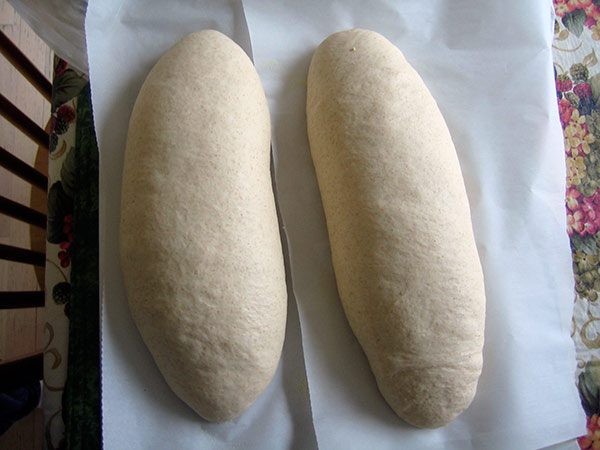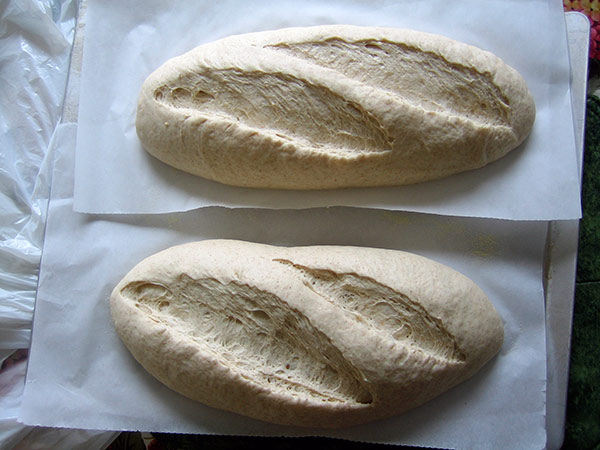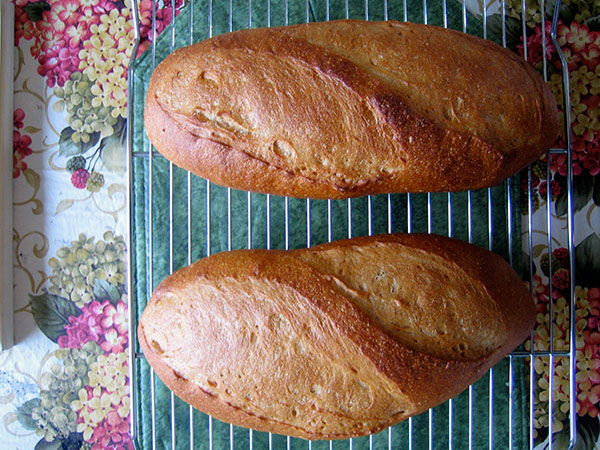My first try at the simple French Bread- What's Wrong?
This past weekend I made French Bread I, using instant yeast and overnight retardation, following Reinhart's recipe in Crust and Crumb. I ended up with 3 loaves and baked them in our mud oven (traditional for Cyprus). I kneaded the dough as described in the book to disperse the ingredients, form the gluten and hydate/ferment. I should admit, when I performed the windowpane test, I had difficulty forming it. So, I continued kneading an extra 5 - 8 minutes...
- Log in or register to post comments
- 3 comments
- View post
- hazimtug's Blog






